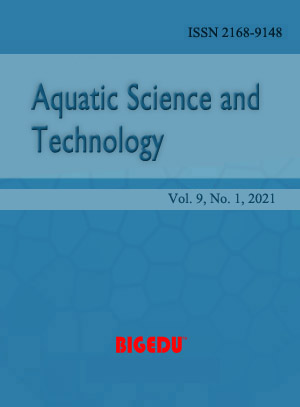The Influence of Fertilizer Regimen on Water Chemistry and Filamentous Green Algae in Earthen-Substrate Ponds
DOI:
https://doi.org/10.52941/ast.v10i1.28Keywords:
Walleye pond culture, Pond fertilization, Earthen-substrate pondsAbstract
Water chemistry patterns can be indicative of production potential during pond culture of walleye (Sander vitreus, ≈30 mm total length). However, achieving desired water chemistry patterns that reflect an increase in zooplankton, a reduction in phytoplankton, and a lack of nuisance filamentous green algae in large, earthen-substrate ponds can be challenging. During 2020, water chemistry variables and the occurrence of filamentous green algae were compared in fishless, earthen-substrate ponds (0.72 ha) that received either alfalfa meal (AFM, n=2) or alfalfa meal combined with inorganic nitrogen (AFM+28:0:0, n=2) over an approximate 30-day period. Alfalfa meal use was standard across all ponds (476 kg), while the concentration of inorganic nitrogen (ammonia-N + nitrate-N) was initially raised to 1.25 mg/L with subsequent applications, at three to five-day intervals, having a target concentration of 0.64 mg/L. Initial pH and dissolved oxygen were significantly higher, but pH became significantly lower over time in the AFM+28:0:0 treatment. Ammonia-nitrogen began similarly low (<0.1 mg/L) in both treatments but became and remained significantly higher (peaked 0.44 mg/L on June 9) with 28:0:0 supplementation. Nuisance, filamentous green algae were not observed with 28:0:0 supplementation but were present on the substrate of both ponds in the AFM treatment. Supplementing an alfalfa meal regimen with inorganic nitrogen every three to five days in earthen-substrate ponds deterred filamentous green algae and promoted water chemistry indicative of enhanced walleye fingerling production in previous trials.




